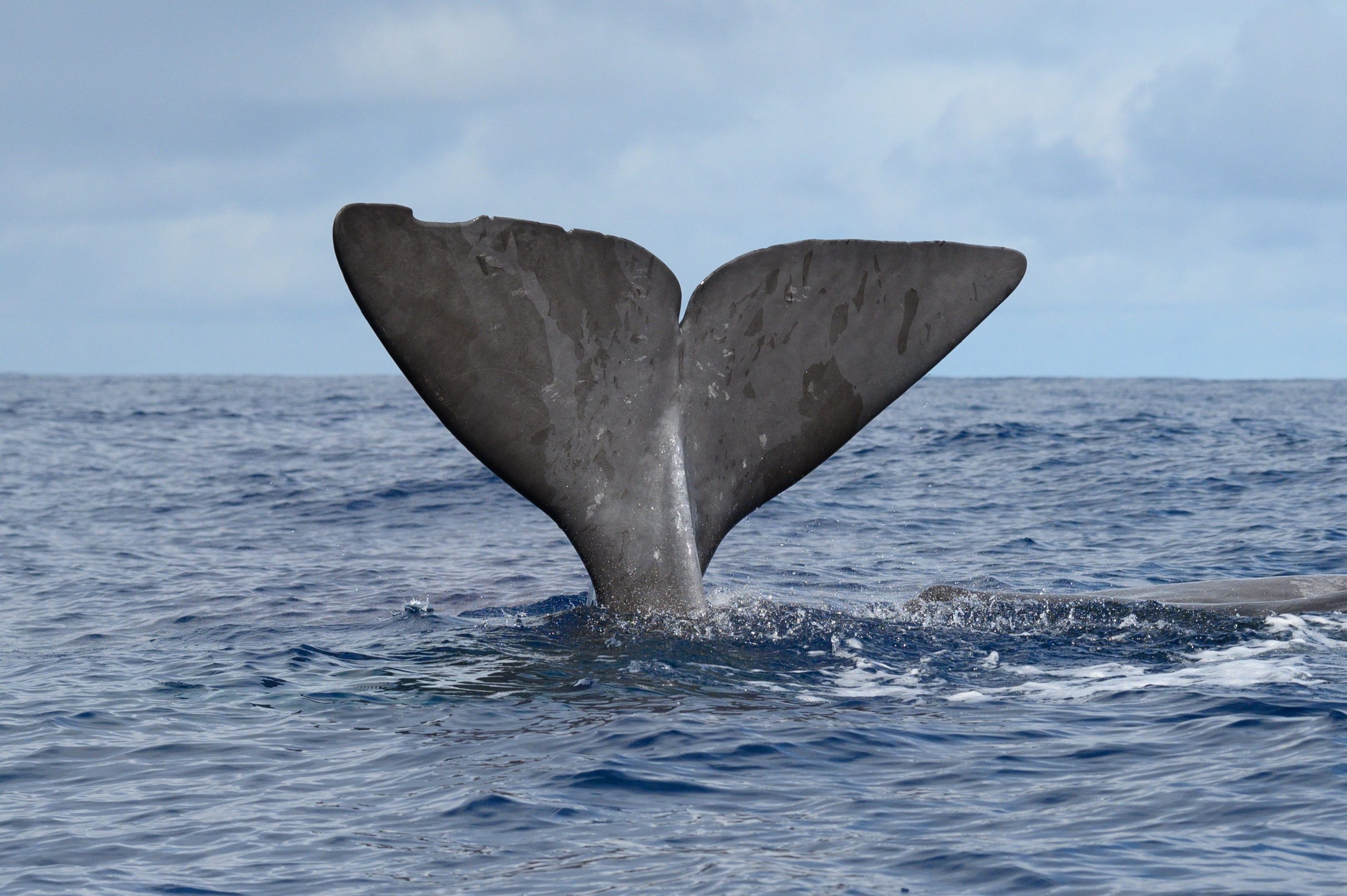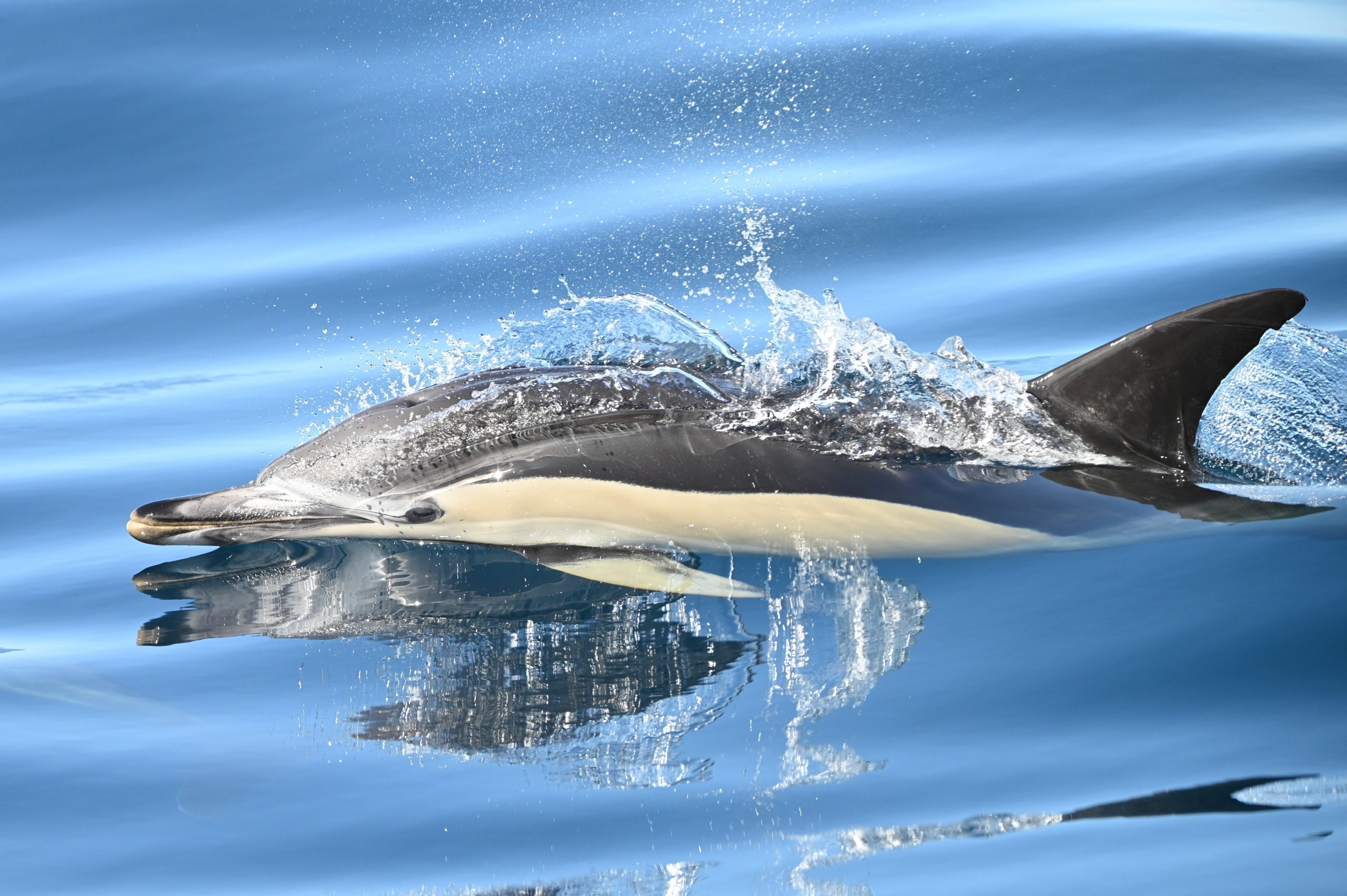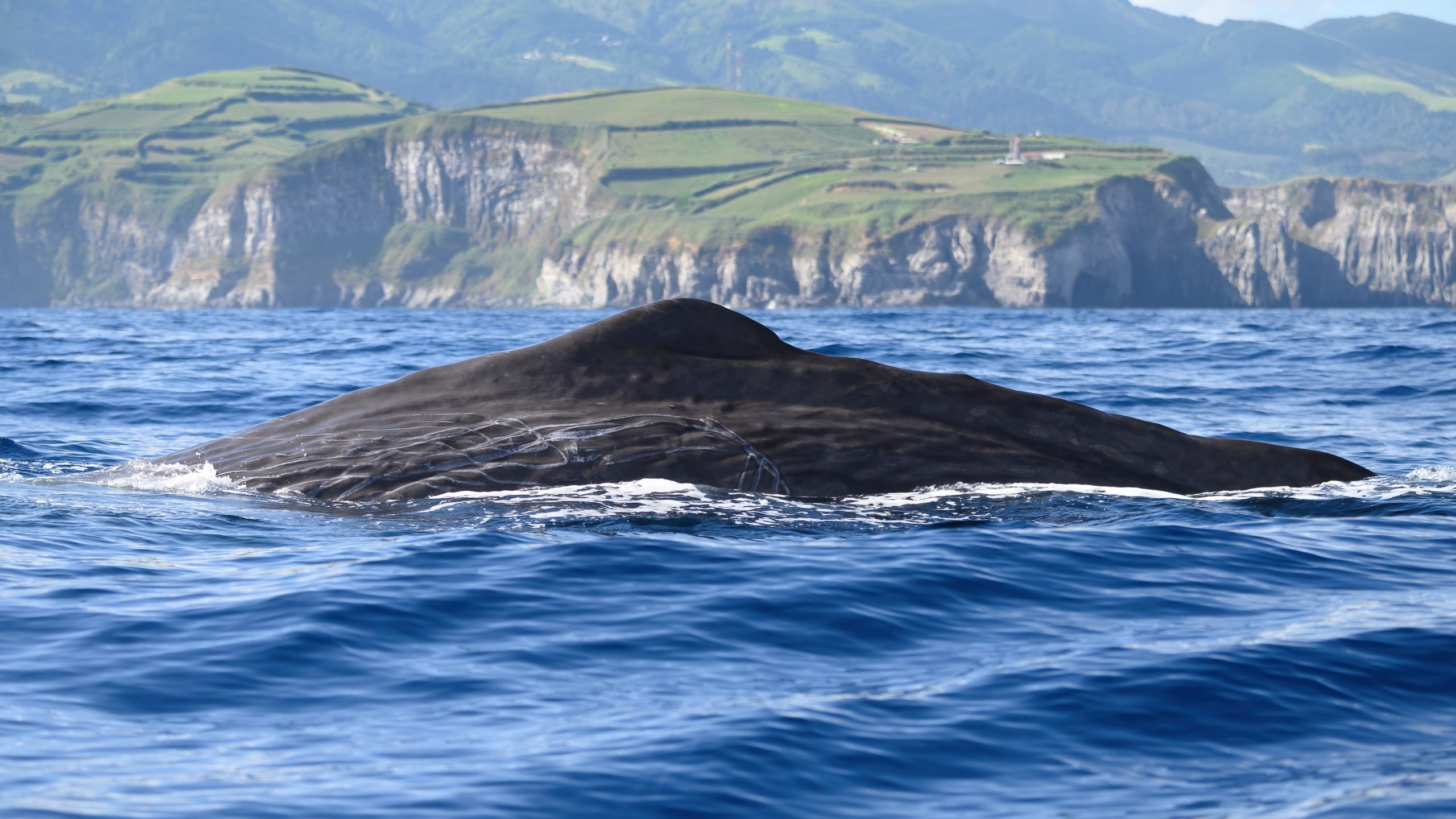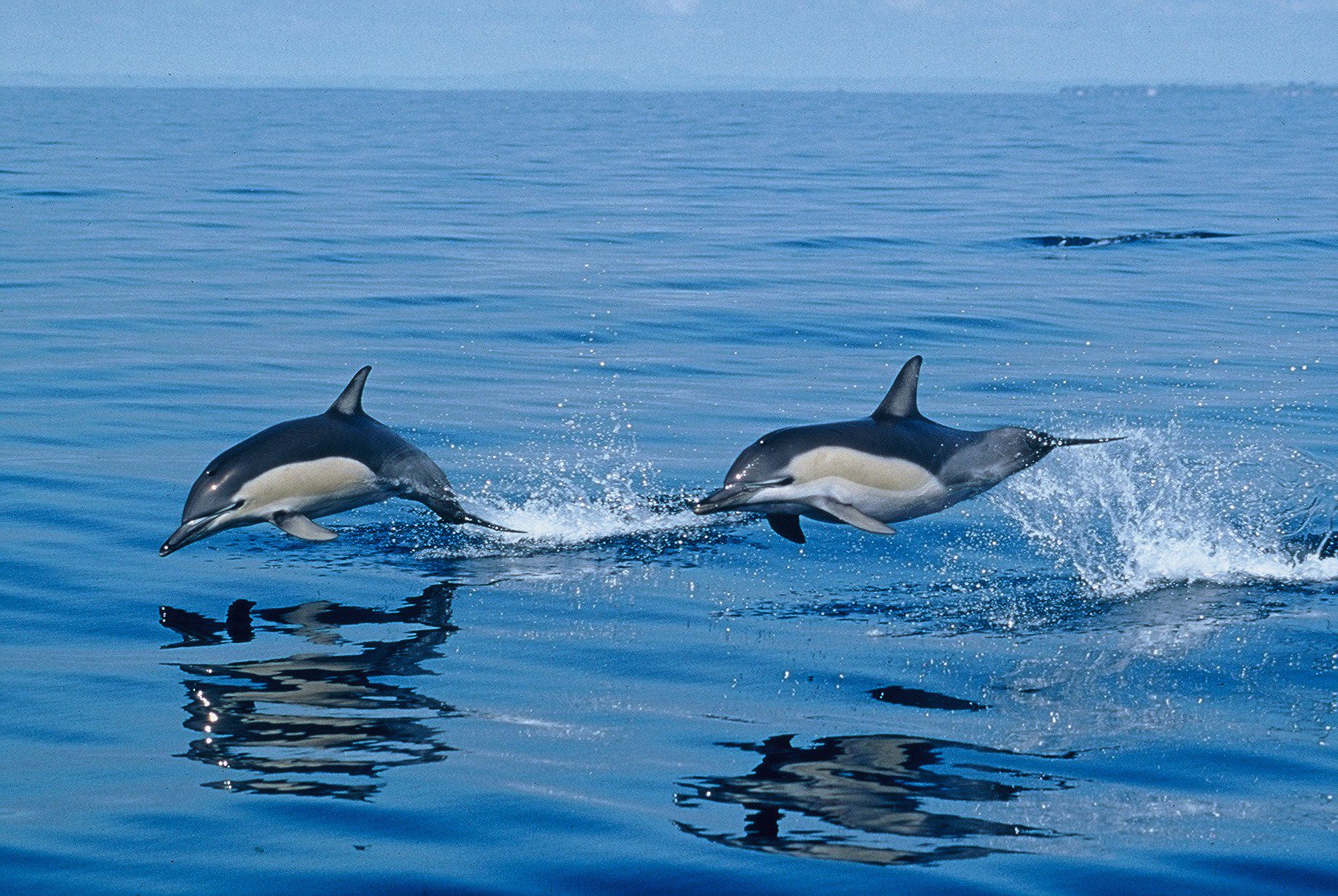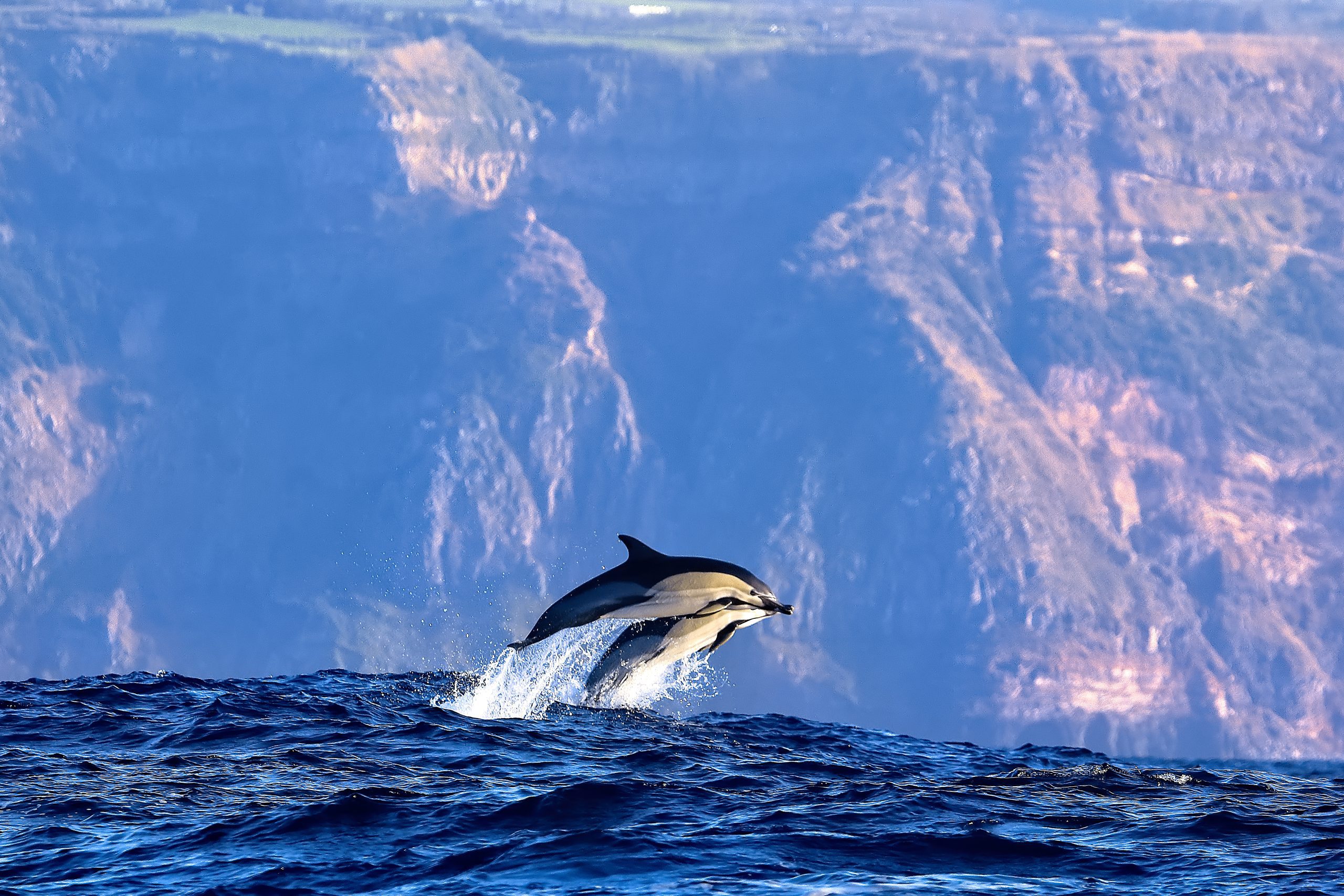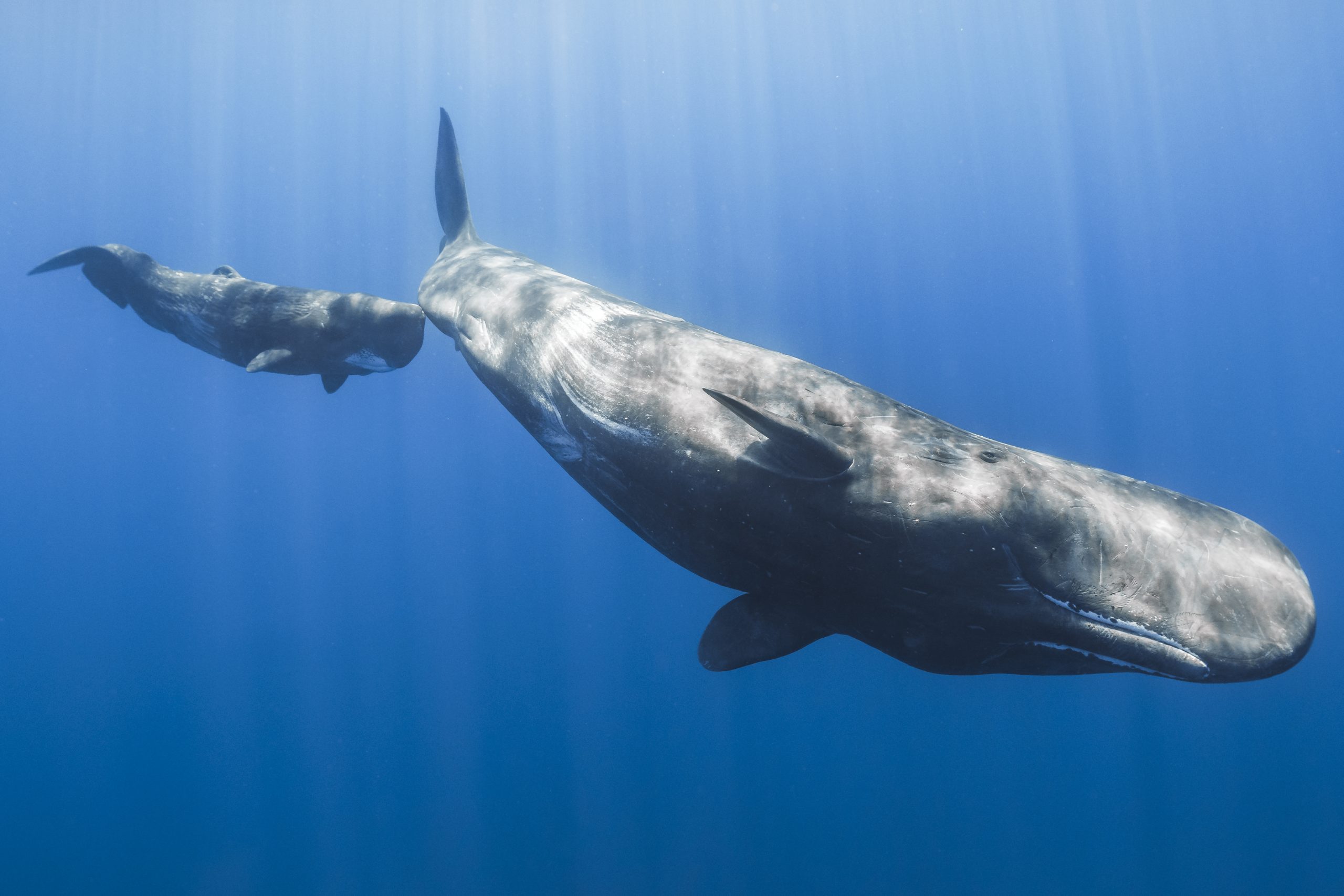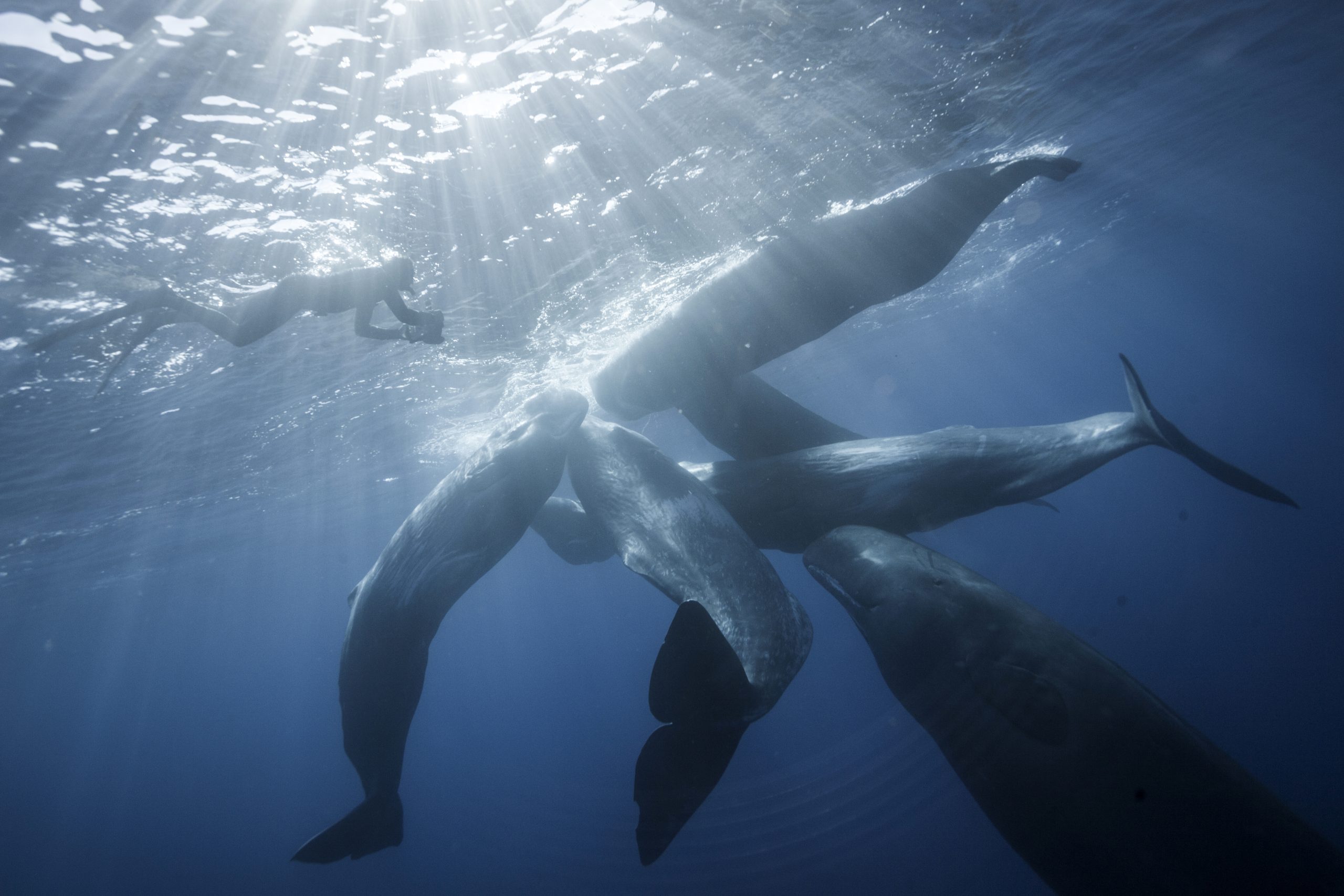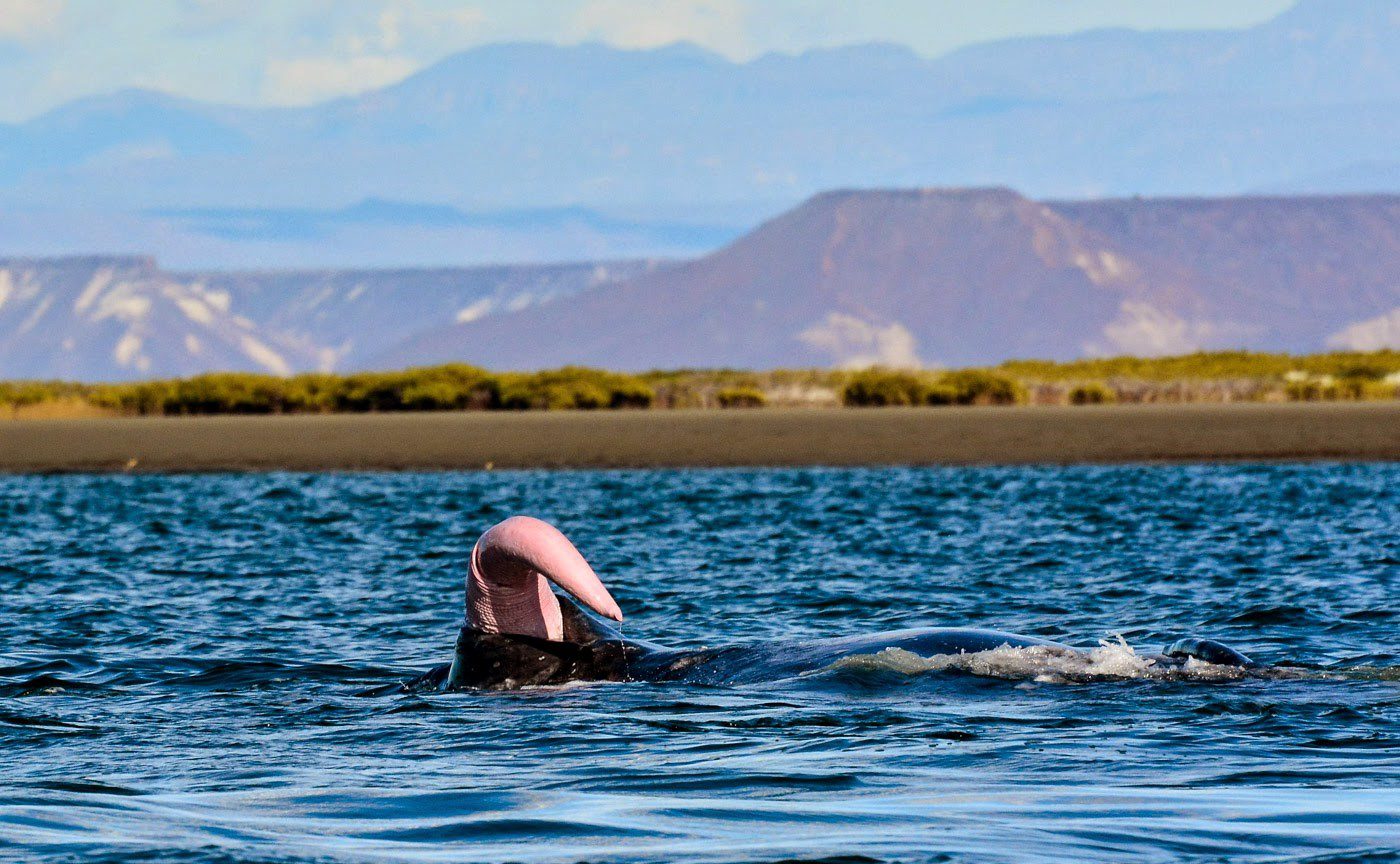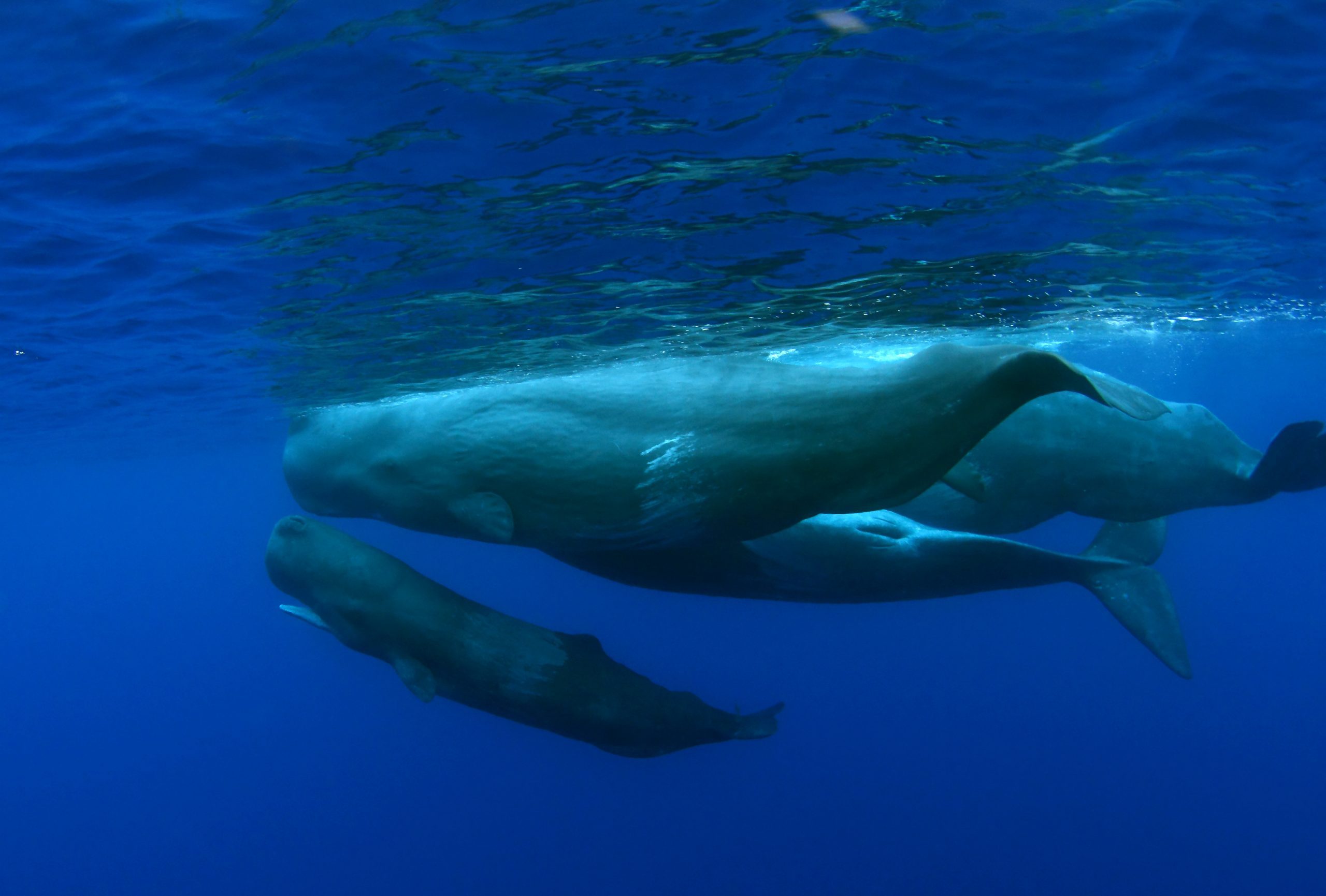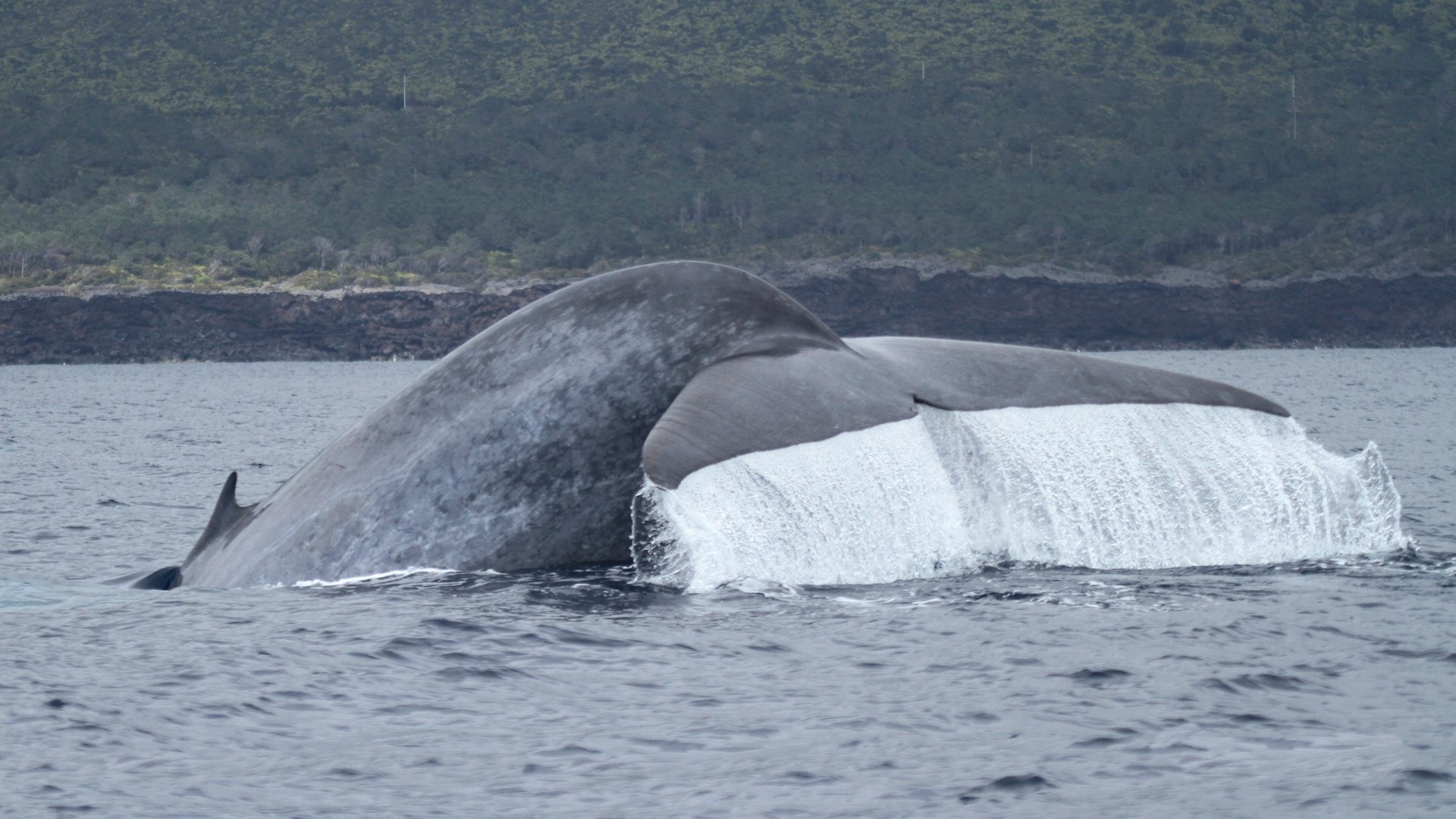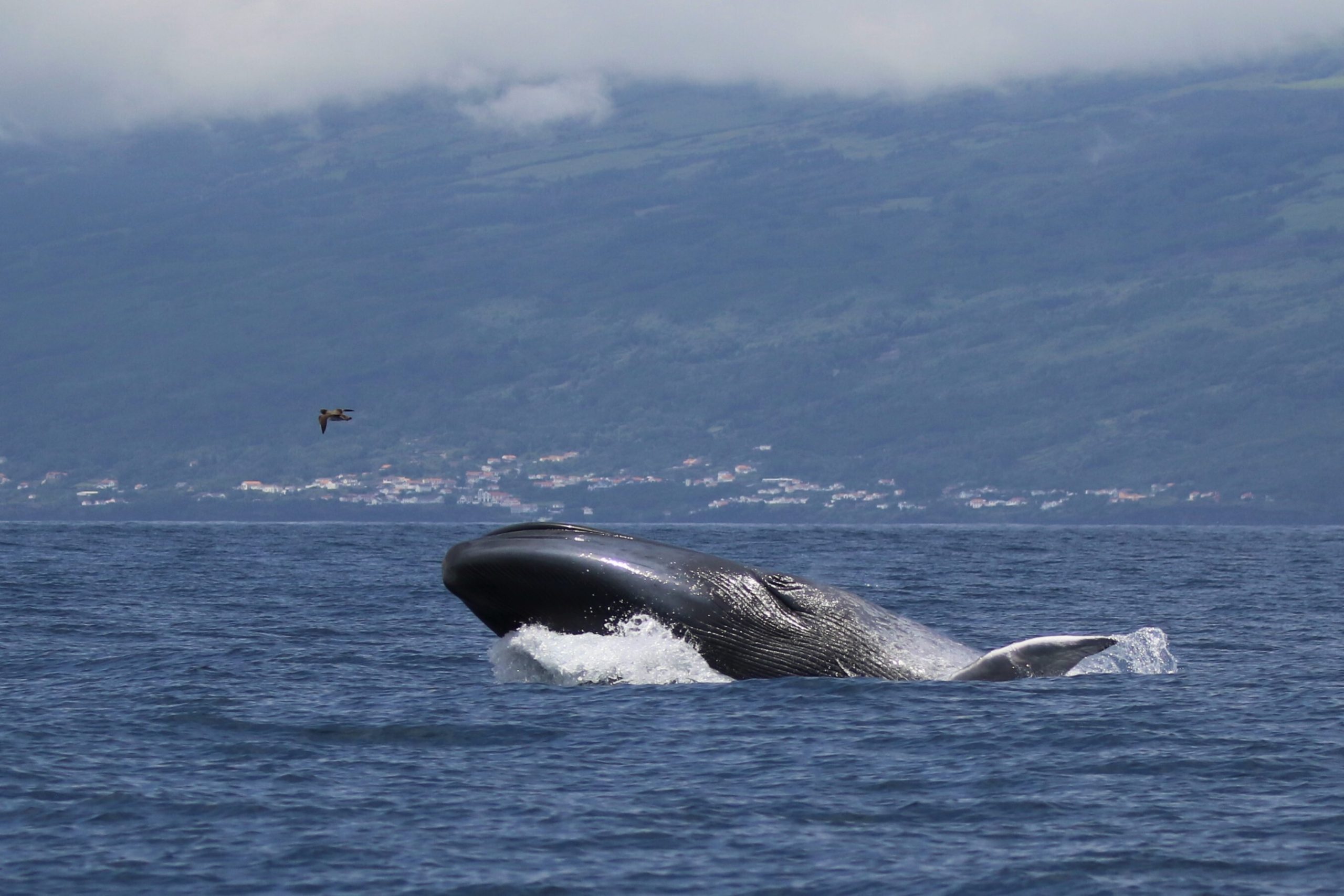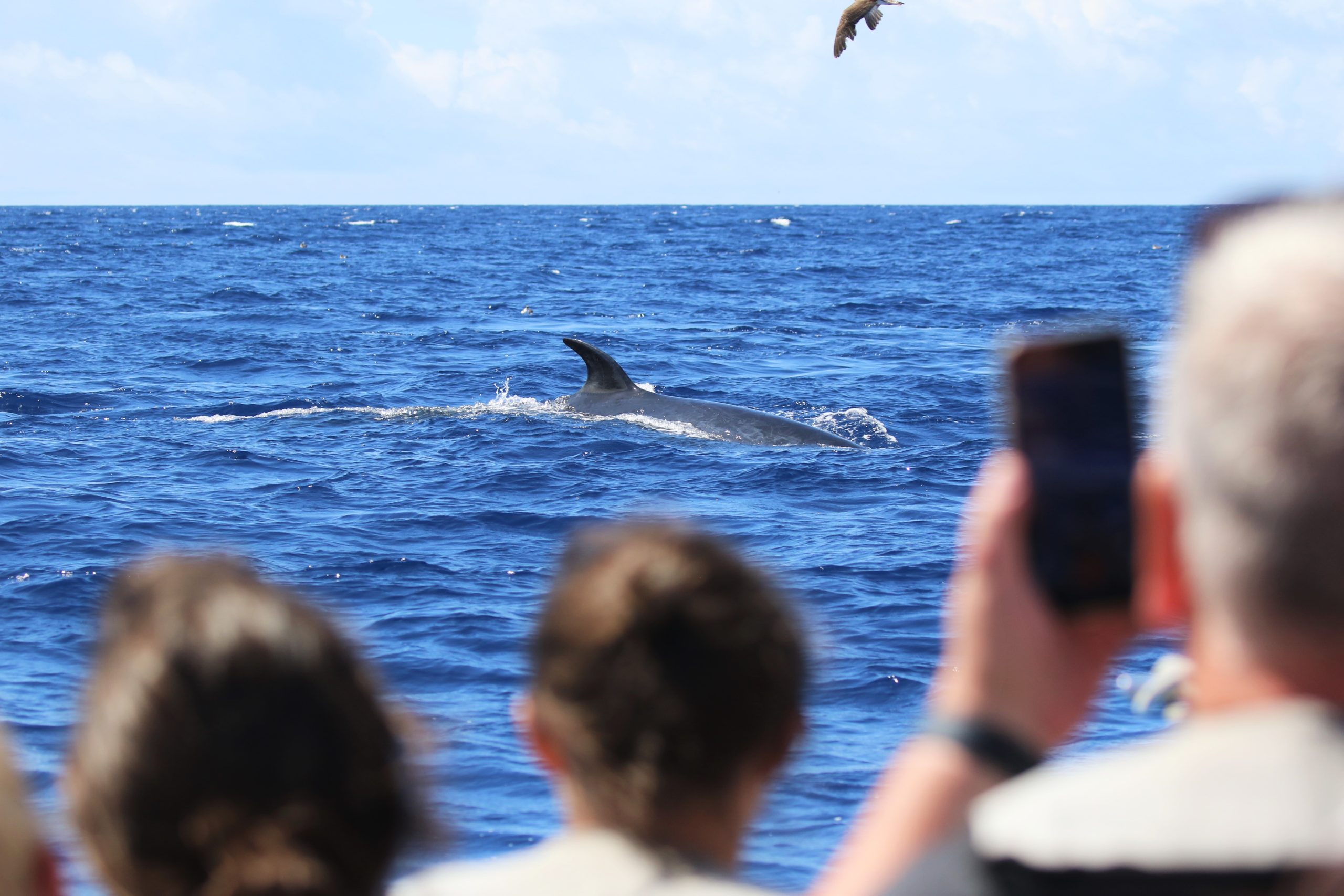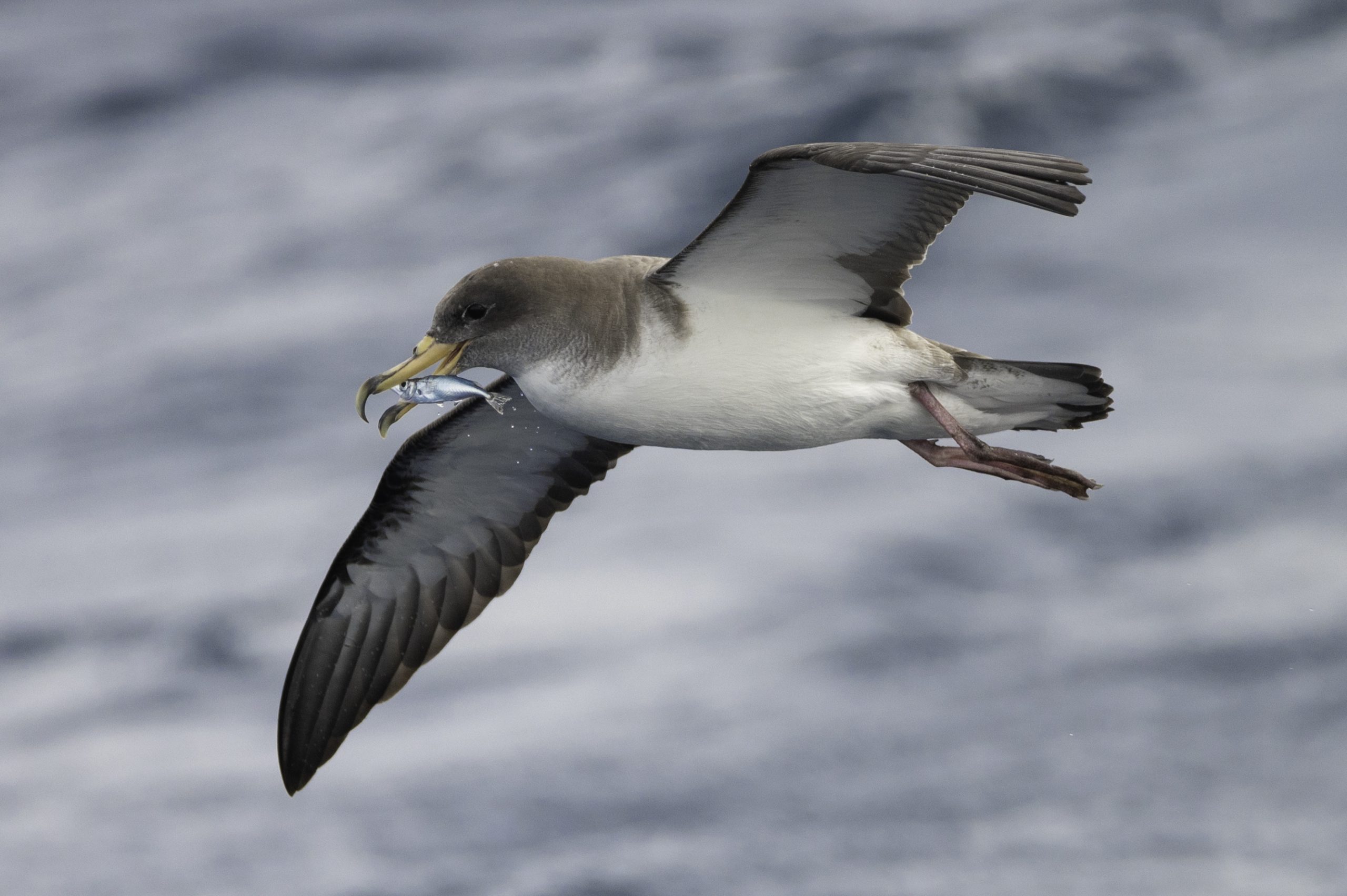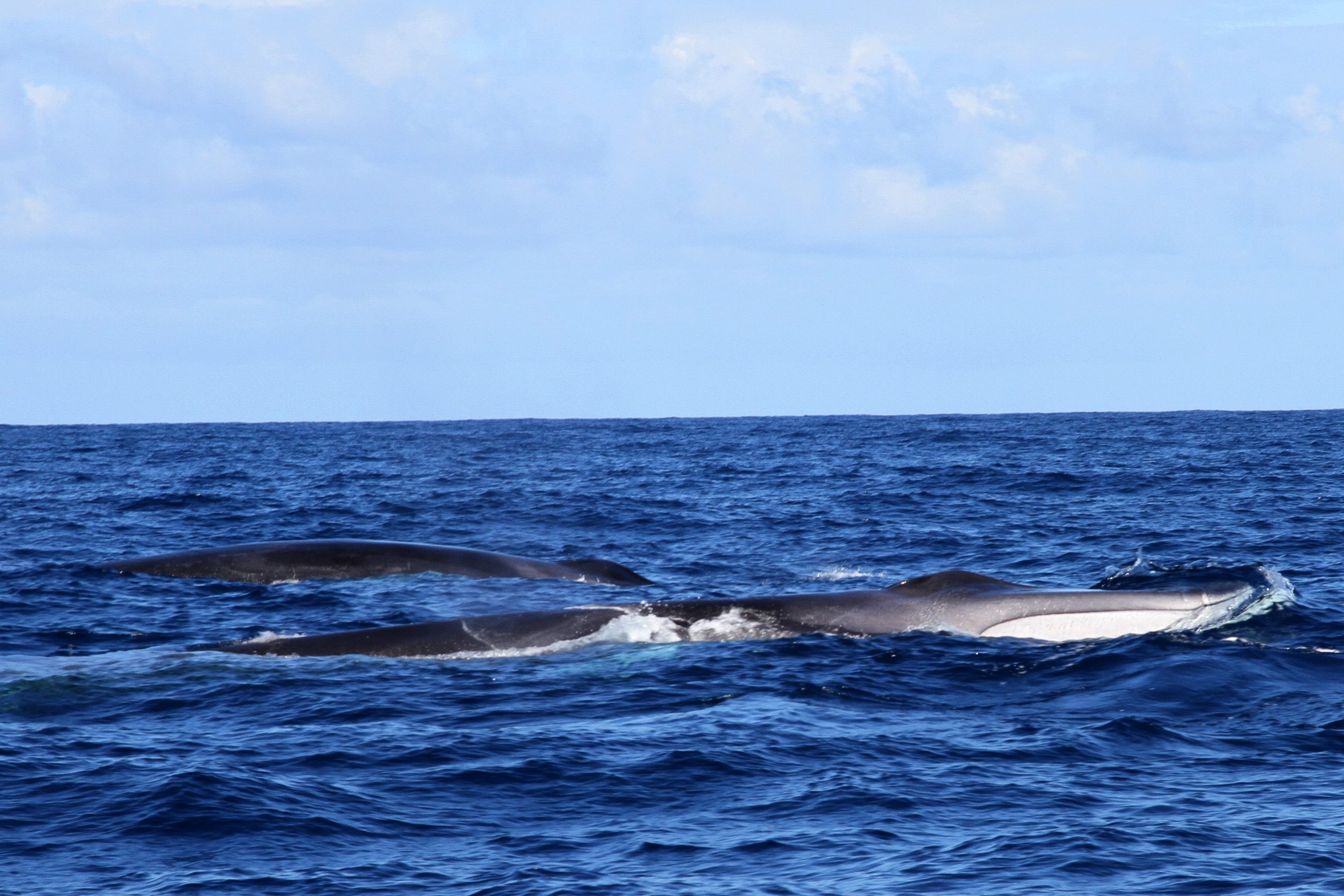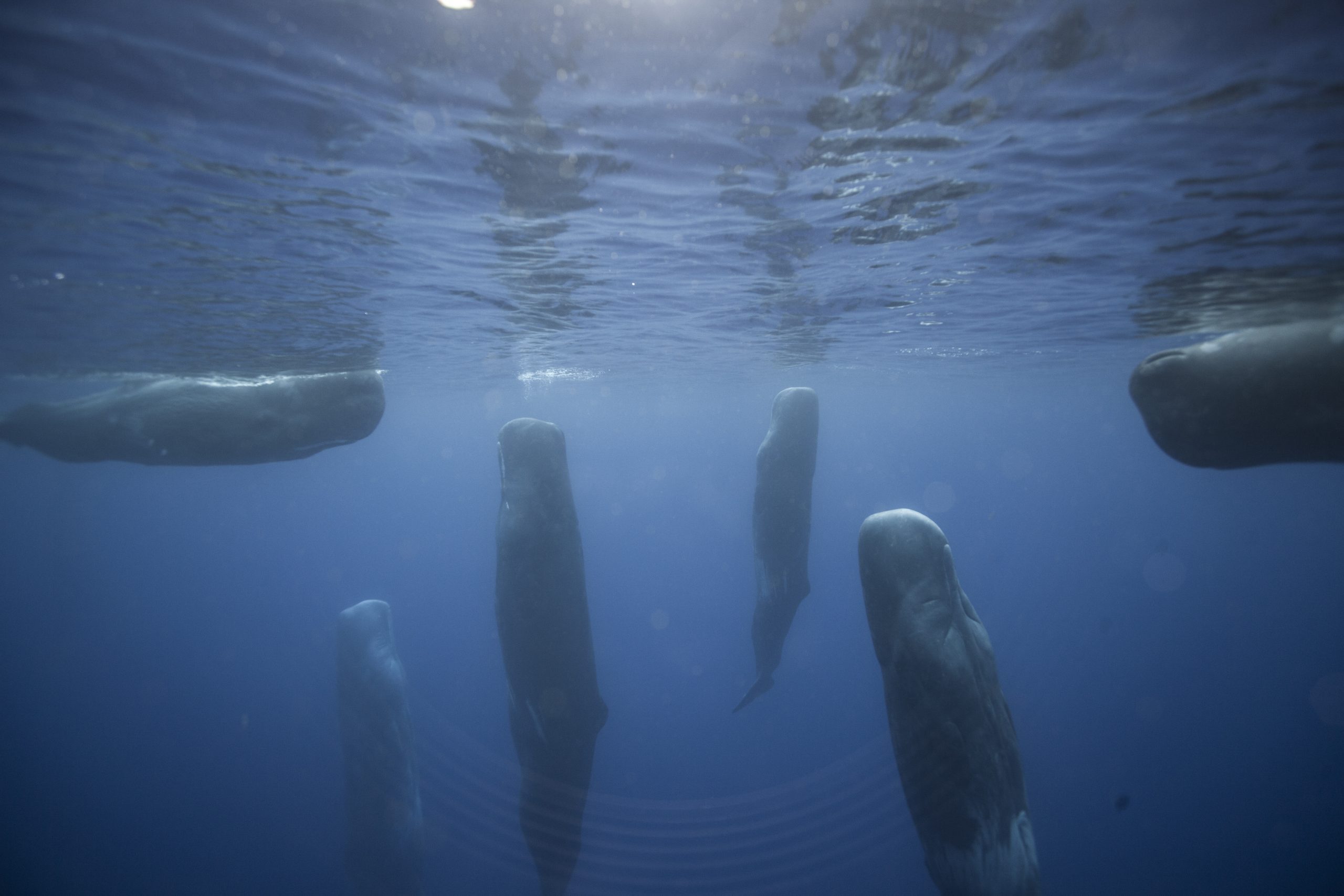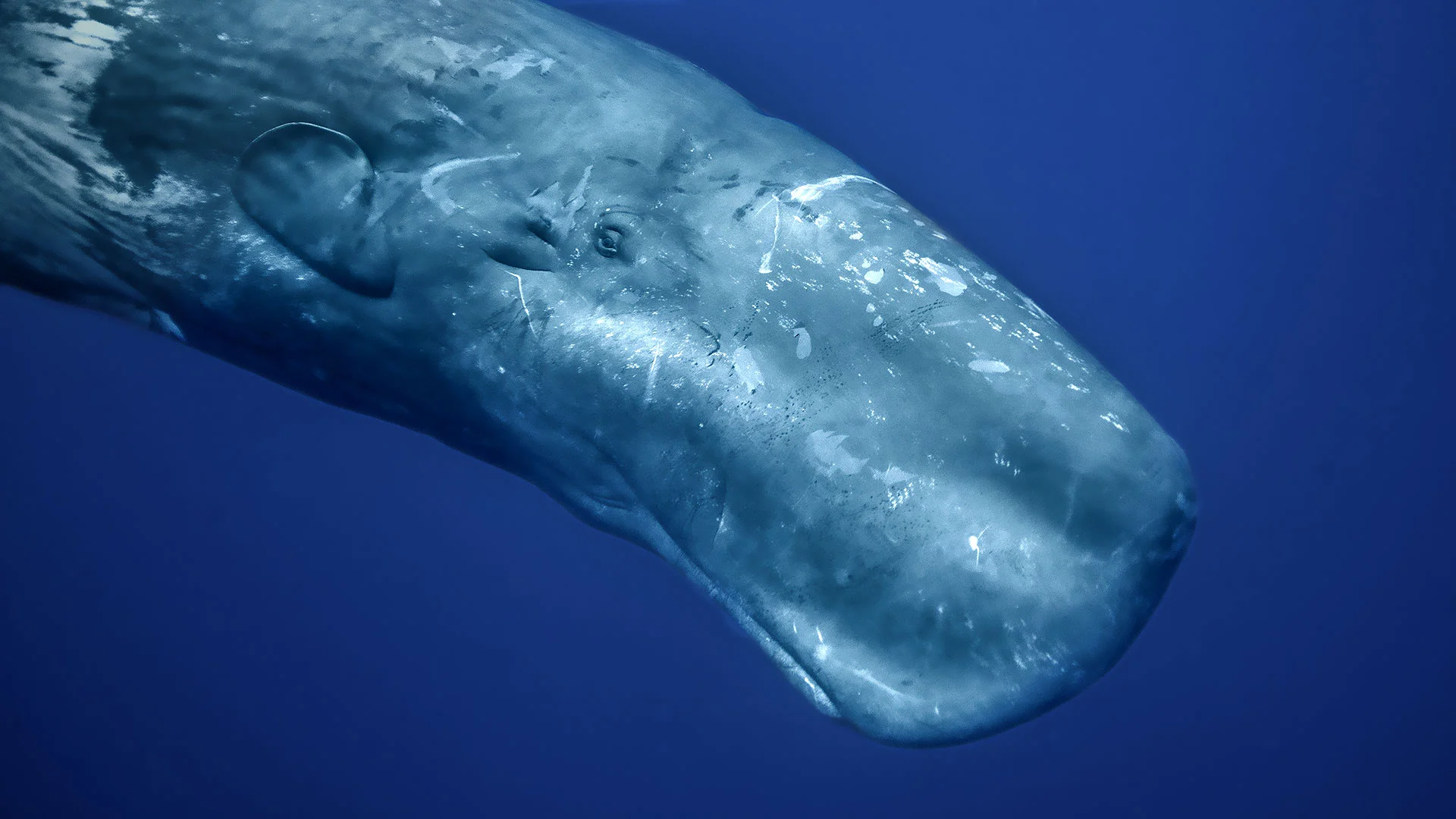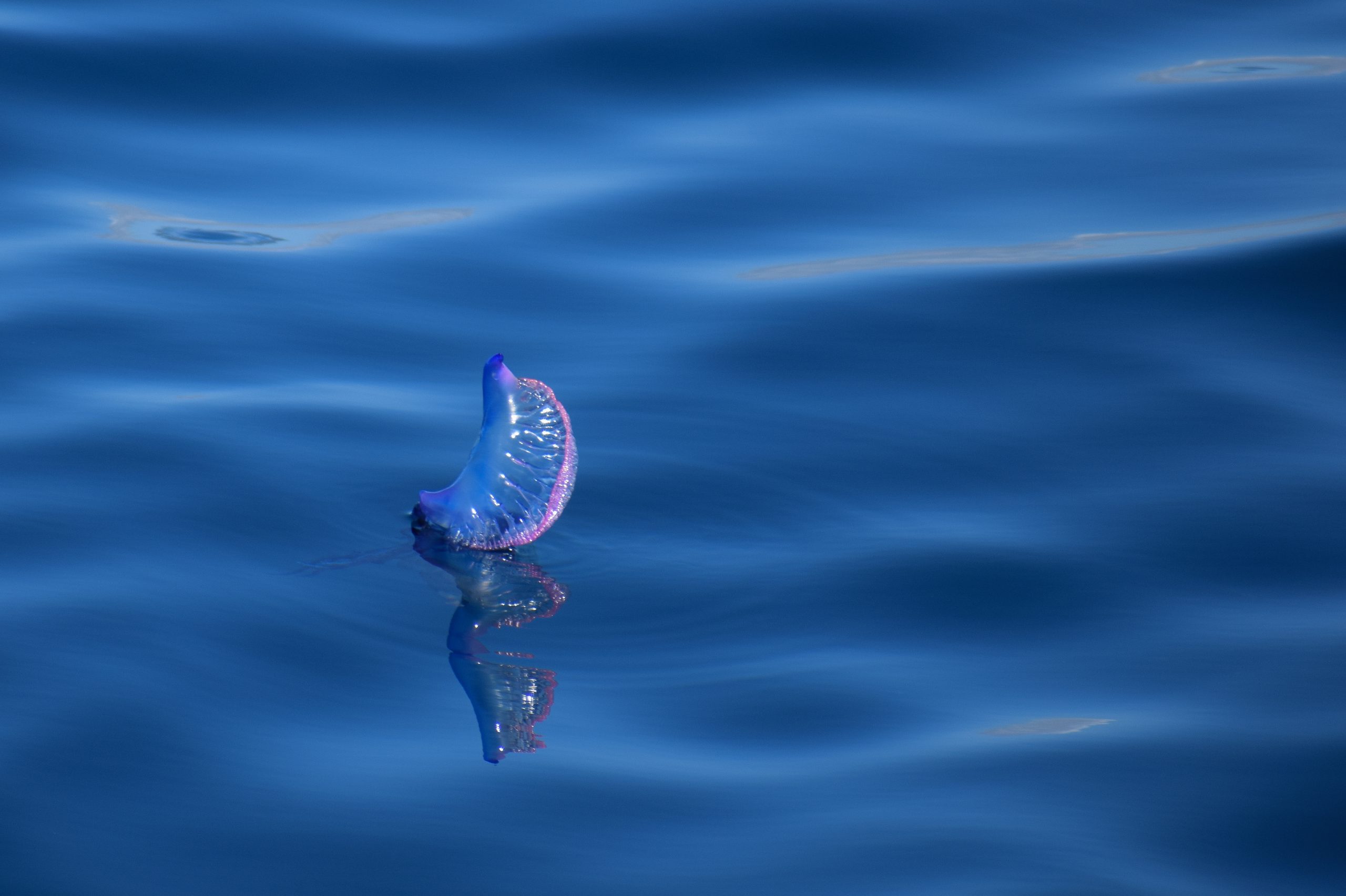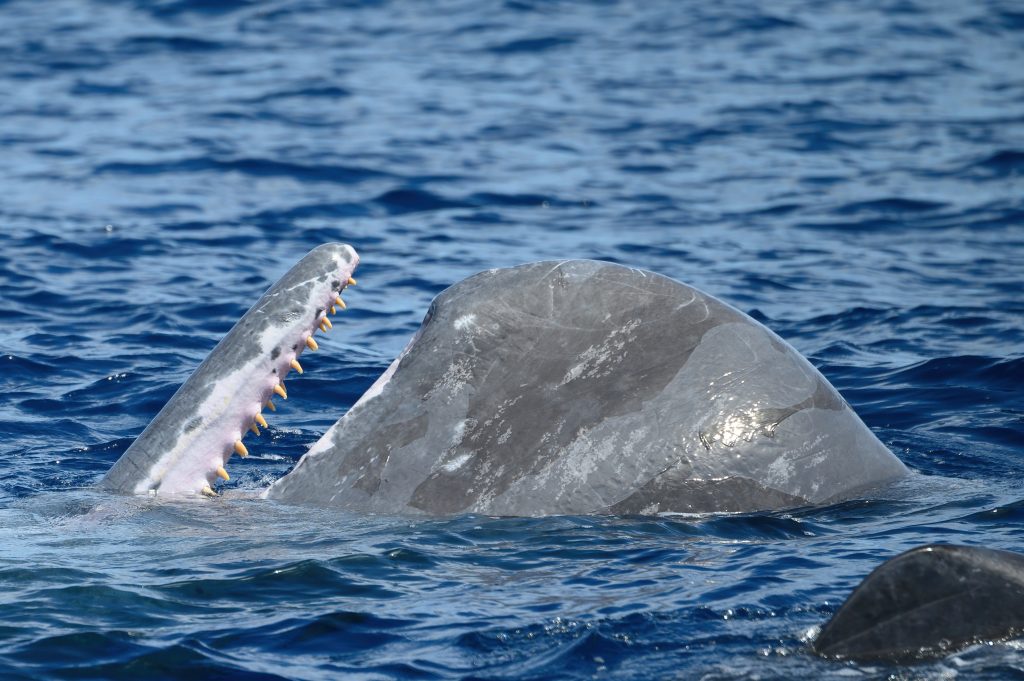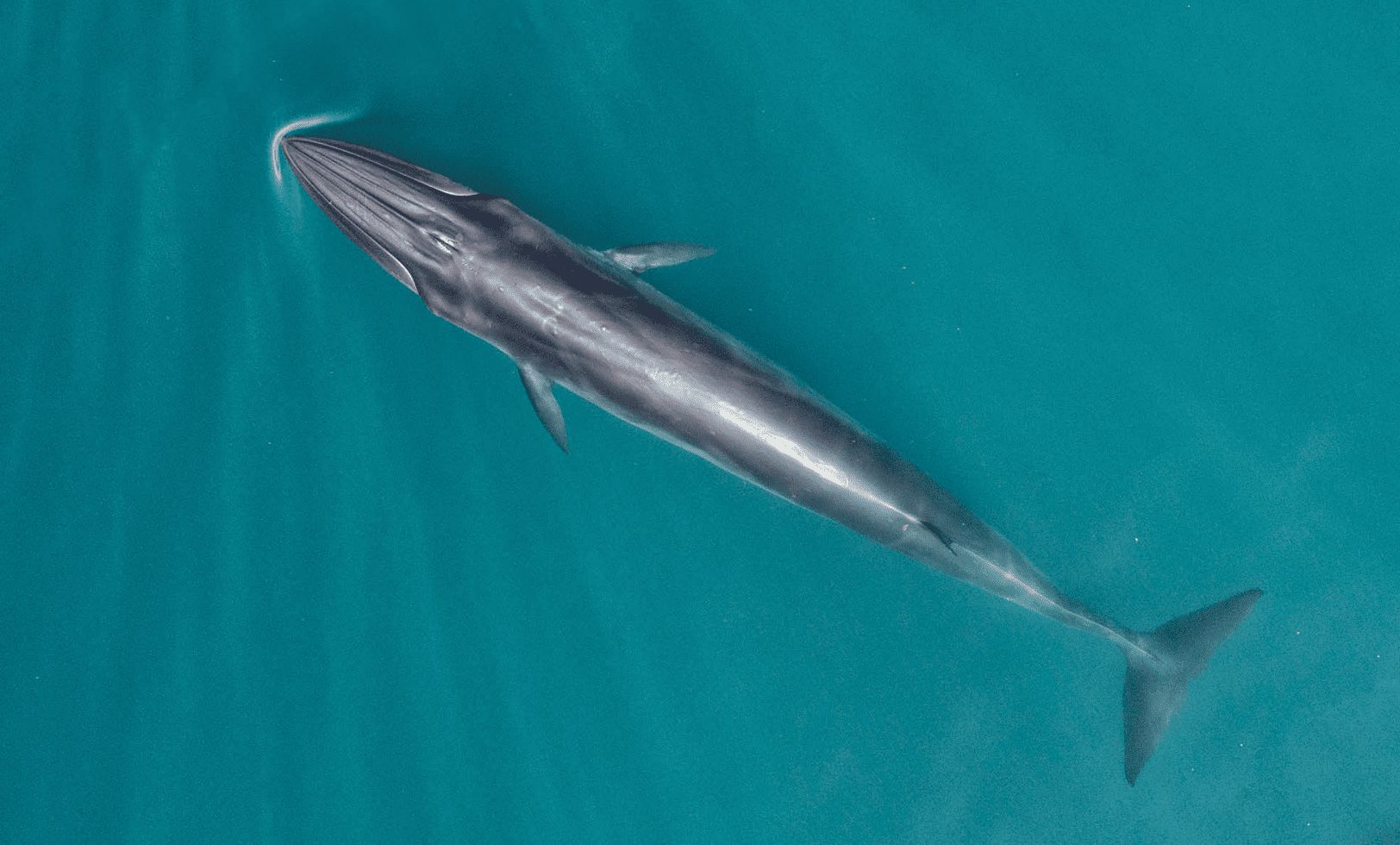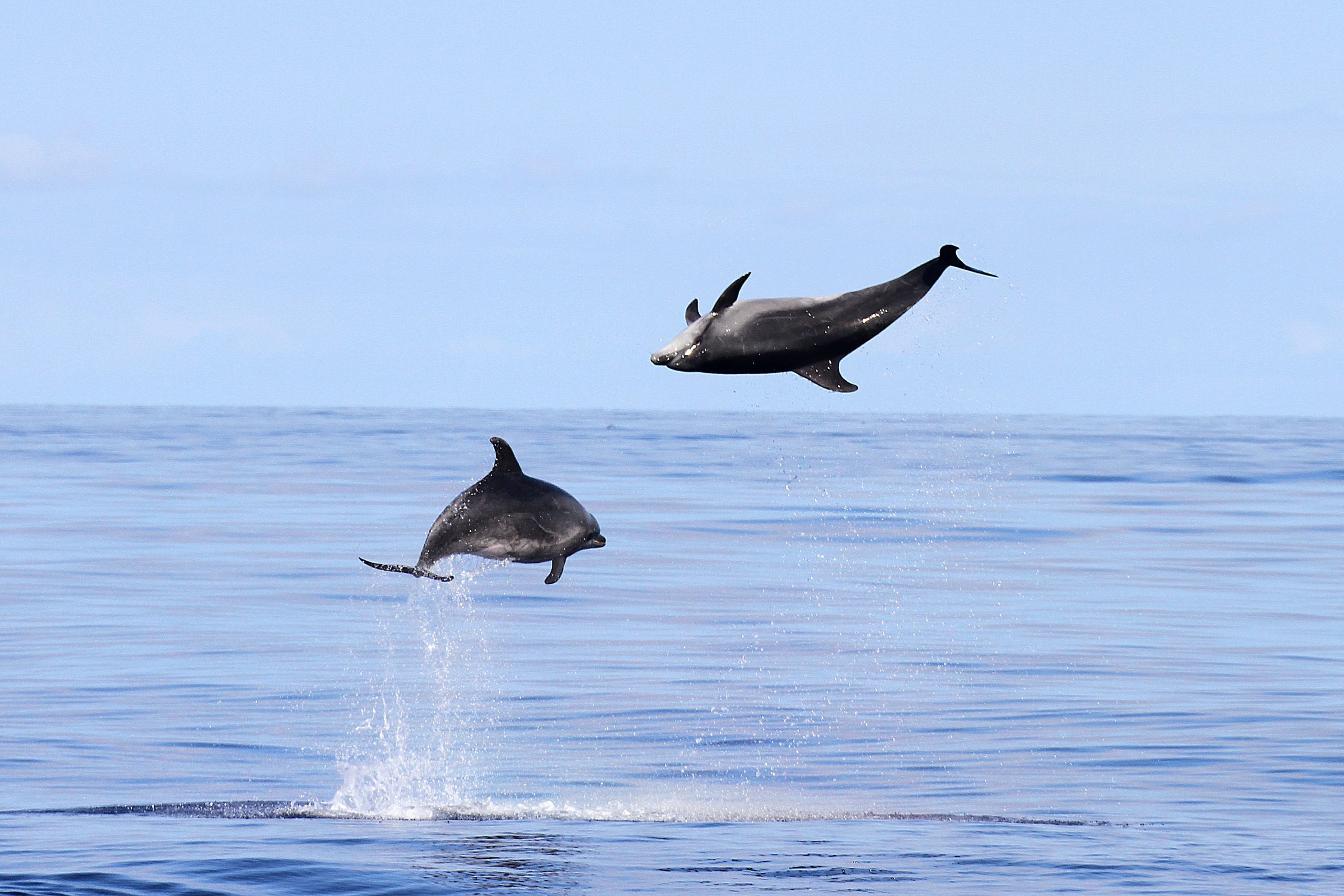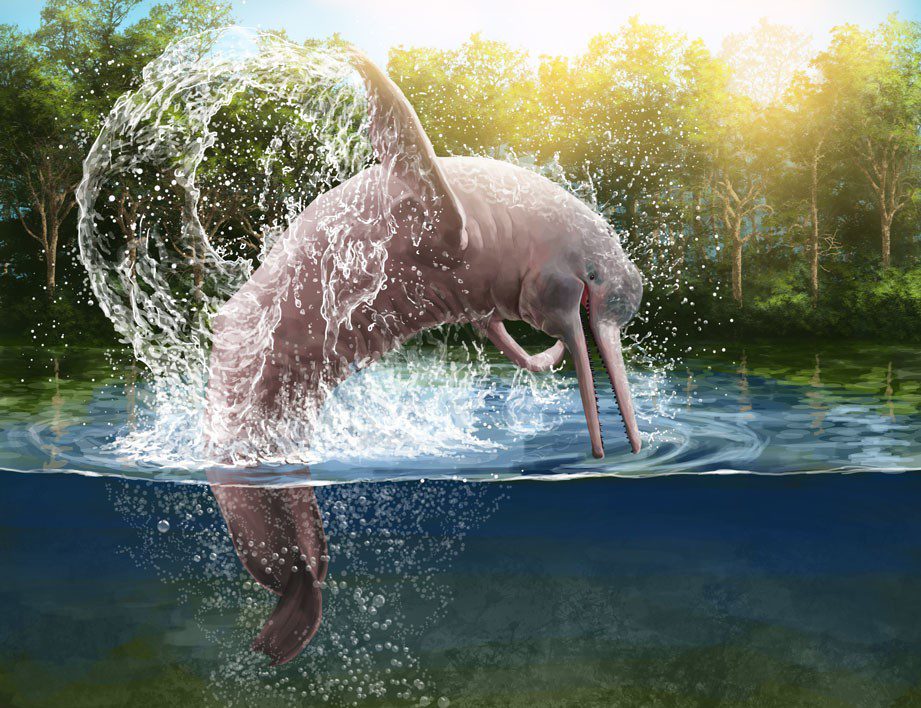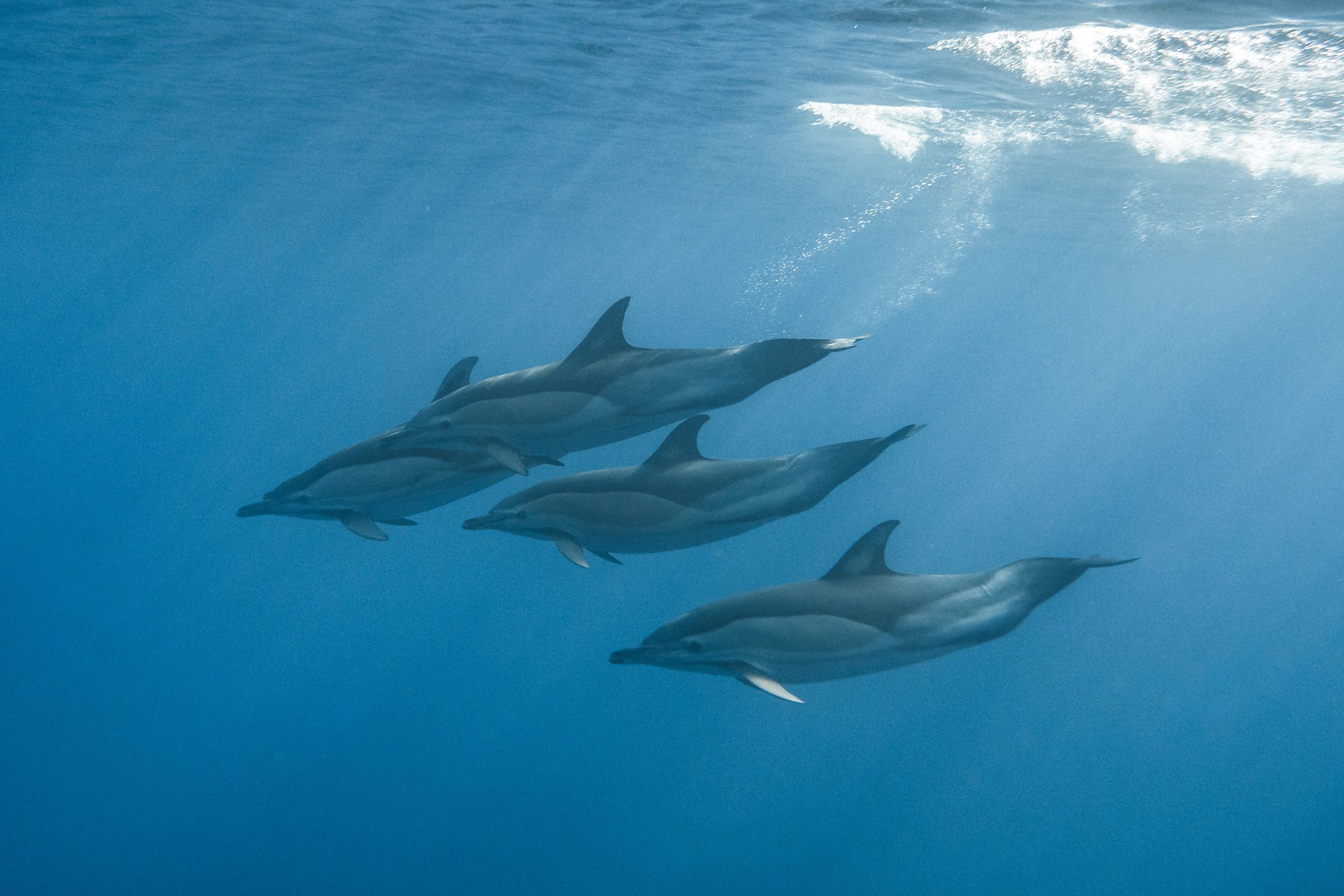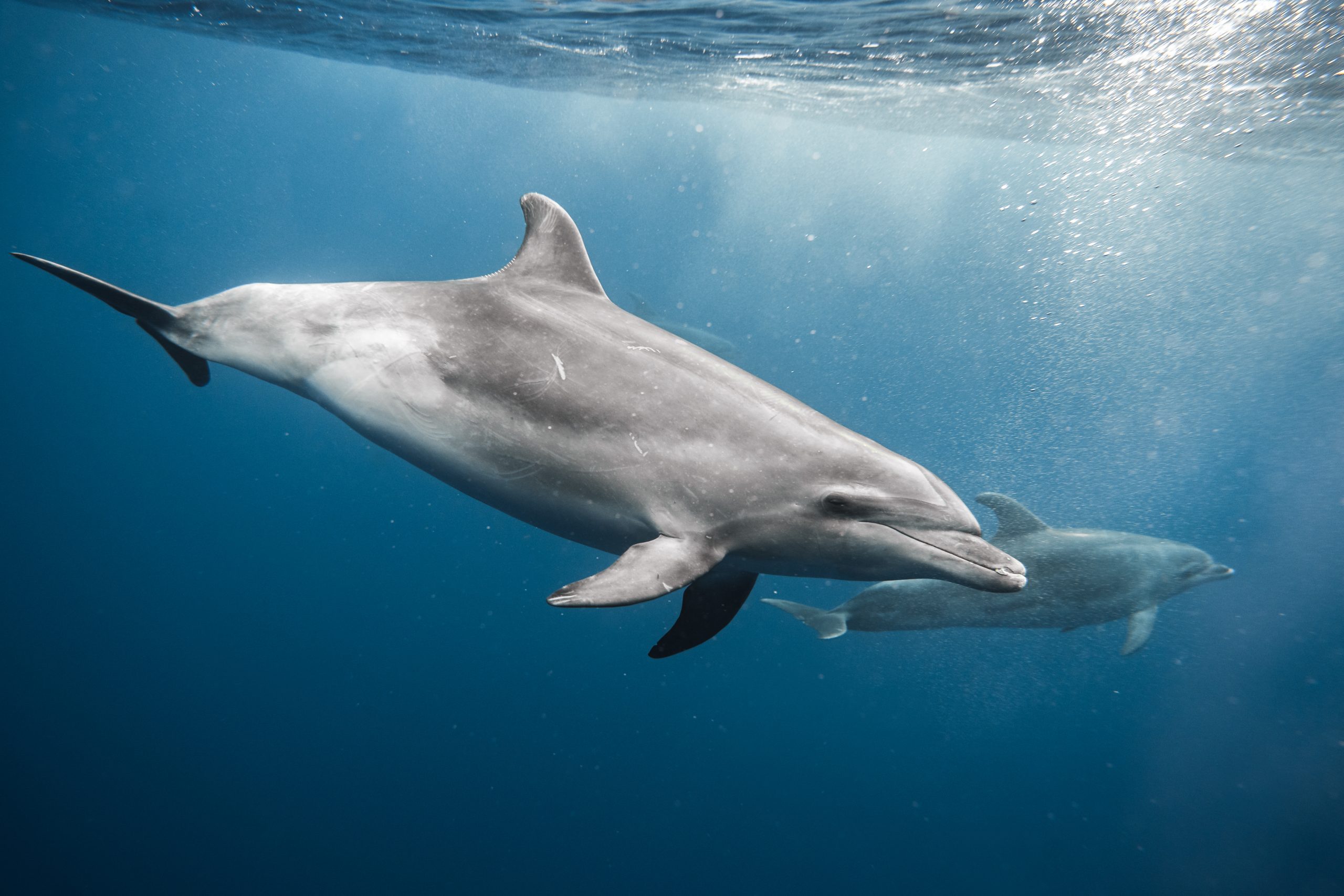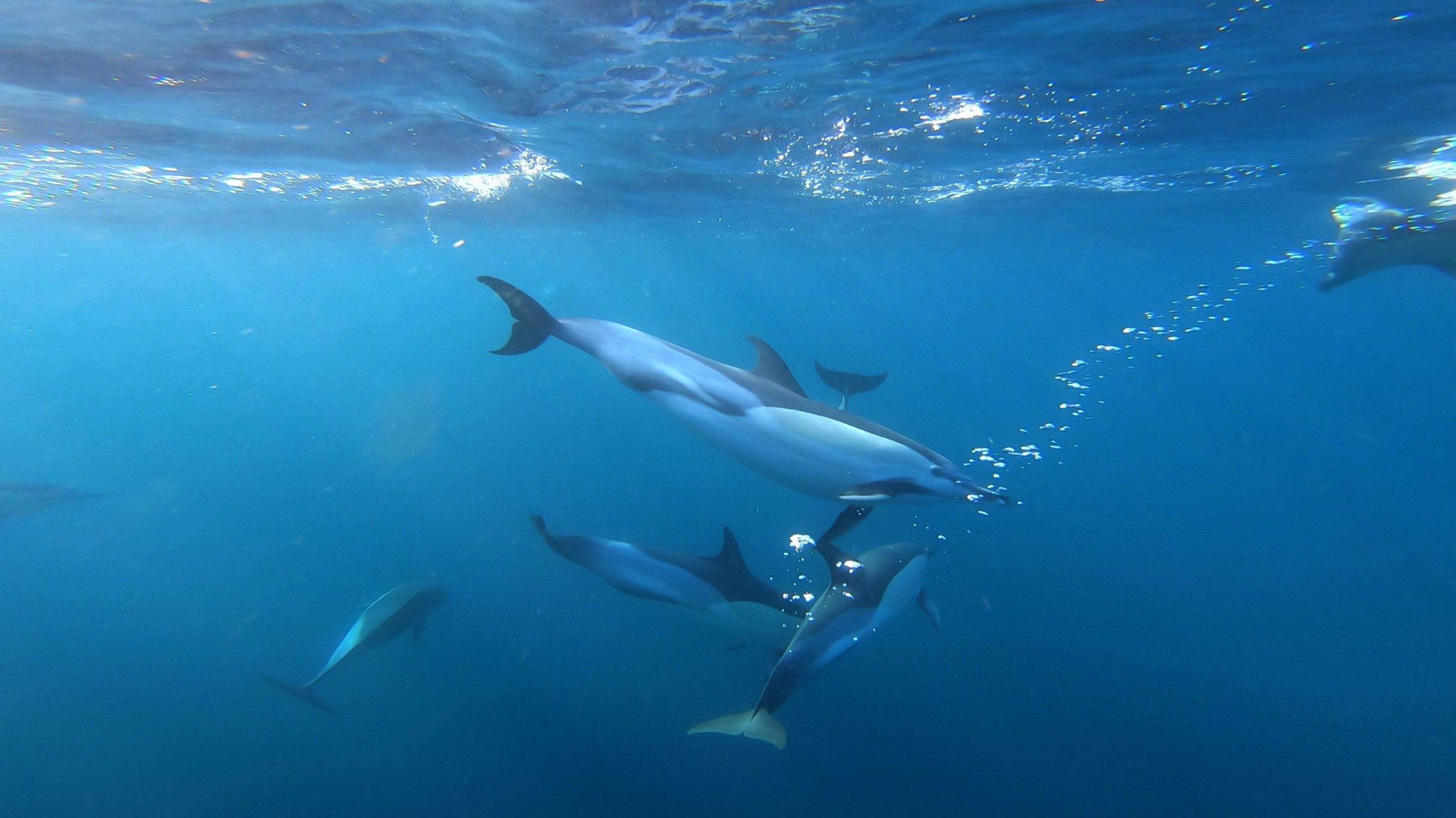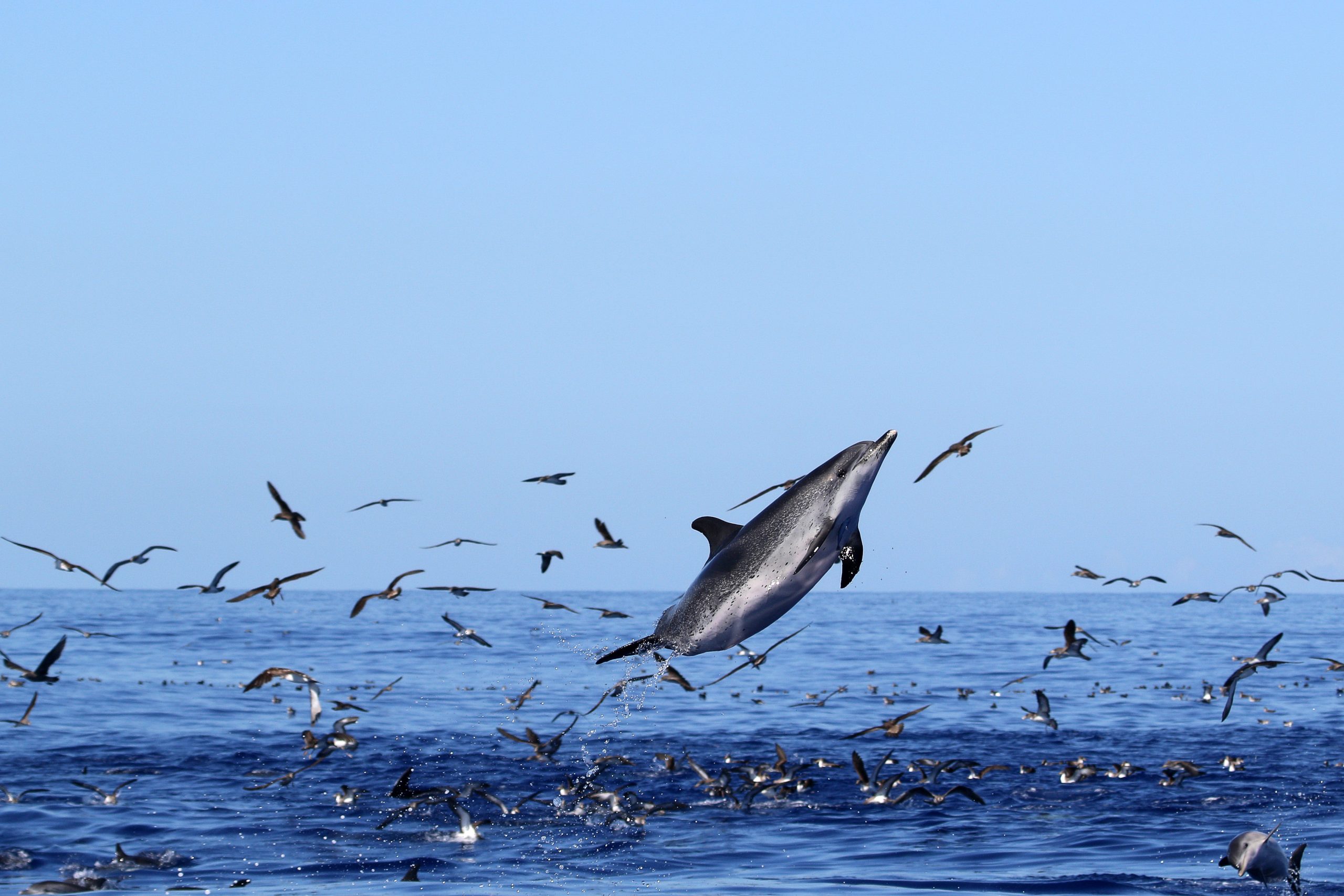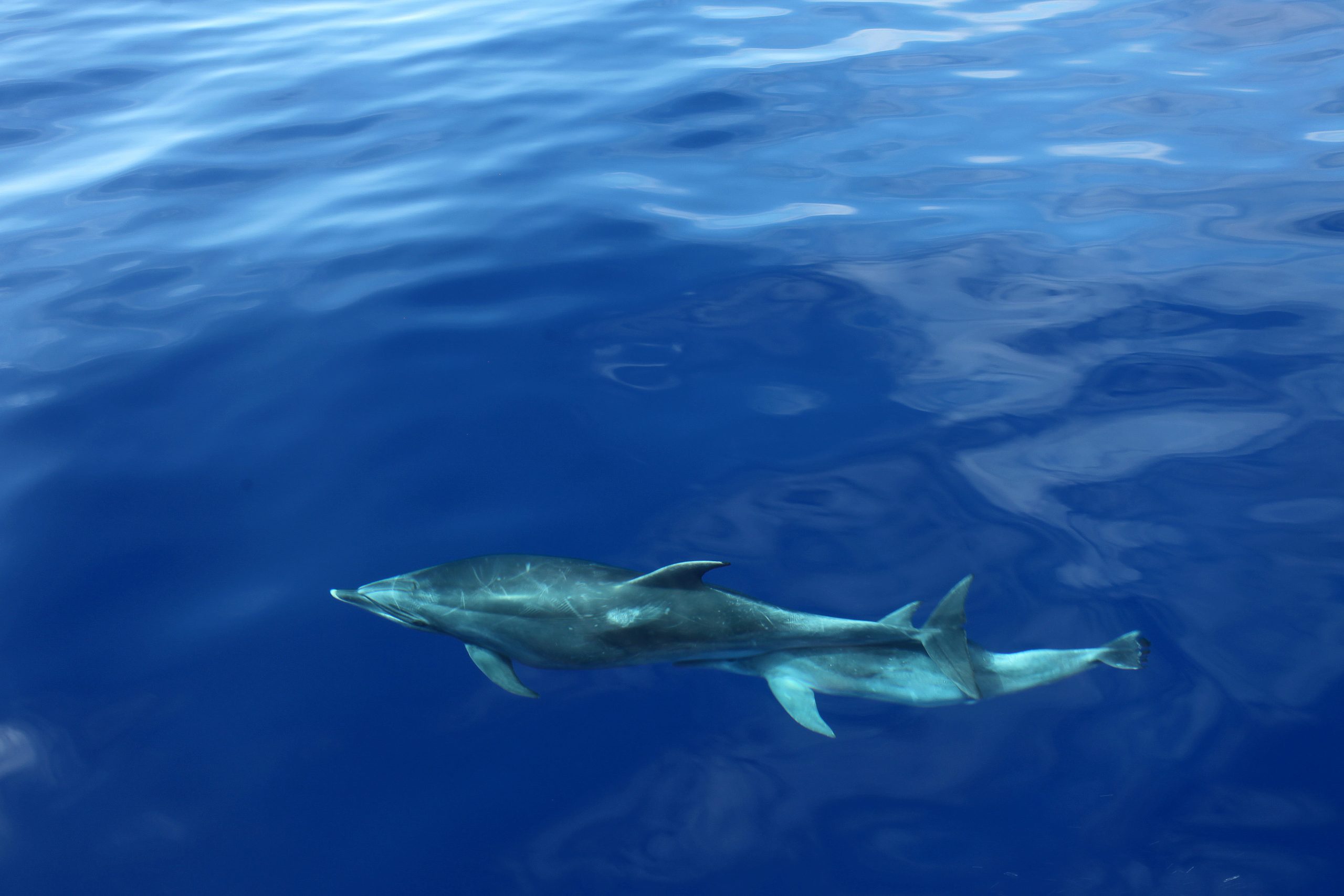Are dolphins endangered? Dolphins, belonging to the family Delphinidae, face various threats that have led some species to be categorized as endangered. Understanding these threats and the conservation efforts in place is crucial for their protection.
Overview

In the family Delphinidae, we found a massive group of different species, totaling 38. This species can vary across a range of sites from 1.8 meters to 9.8 meters. These animals are marine mammals that belong to the group of Odontoceti, which is within the group of cetaceans. The characteristics of Odontoceti are that they have teeth and only one blowhole (Jefferson et al. 2011).
Some species of dolphins and other cetaceans can be hunted by the resources that can be provided. Hunting cetaceans started at 1100 and finished in the early 1900s. Also, climate change influences species with more specific ecosystems (Parsons and Rose, 2022).
In the International Union for Conservation of Nature’s Red List of Threatened Species, we found: 23 species in the least concern, five near threatened, two vulnerable, three endangered, one critical, one with no data deficient, and three without category (IUCN, 2022).
Endangered species

Endangered, according to the IUCN criteria, means all those species that possess a very high risk of extinction because of rapid population declines. This decline in the population must be 50 to 70 percent in the previous 10 years, then they get this category.
The species that are endangered are Cephalorhynchus hectori, Orcaella brevirostris, and Sotalia fluviatilis. There is a species that is critically endangered, which is Sousa teuszi. The most influential threat is the anthropogenic actions, including their fishing activities and pollution of the ecosystems; these main reasons cause the populations of this species to decrease.
The nets of the fishermen kill many dolphins per year, and the species of dolphins that have a delicate ecosystem are more affected by pollution. All these species have a small distribution area, coastal areas, and some theme fresh water areas. That makes them more of a threat than other species with bigger distribution areas (IUCN, 2022).
Fishing

New technology has made fishing methods more effective, but also more damaging for the habitats, species targets, and other species (Laxmappa & Bakshi, 2014). Most of the dolphins that are killed by these activities are killed by bycatch. This means that they are caught accidentally by the nets of the fisheries.
Dolphins detect nets, but they don’t recognize them as a barrier; also, they get entangled because they can be distracted by other activities. They also get close to the nets because those nets are full of fish, so they approach to eat them, which puts them in danger (Bowles & Anderson, 2012).
To protect this group of hunters, each country has its own laws. So that way, they are protected from the hunters. Sometimes it is difficult because of the culture of the countries, but governments try to give economic compensations to the fishers (Prieto, 2018).
Ecosystem

Paragraph Some dolphins can be in two different systems: marine and freshwater. This makes them live in fragile ecosystems. Freshwater is more affected by anthropogenic actions because these are closer to the city areas. Pollutants are released into the rivers, making them more easily polluted than the oceans.
Salinity is also a condition for the survival of these animals, so some of them prefer to stay in areas near river mouths. Because their distribution area is not so big, they have a small population, which makes them more vulnerable to extinction.
Their habitats are more restricted because of all the conditions that they need to live in. This condition can change quickly with human activity. So, if they change a lot, maybe someday these changes will be irreversible. If this happens, we will lose this species (IUCN, 2022).
Conclusion
As we see where the environment is protected, we don’t find this endangered species, or if they are endangered, they are starting to increase their population. In the Azores, we protect cetacean species, and luckily for us, we haven’t found any species of dolphins in danger of losing them. If you want to know more about these animals, come to see them in their natural habitat where they belong!
References
- Bowles, A. E., & Anderson, R. C. (2012). Behavioral responses and habituation of pinnipeds and small cetaceans to novel objects and simulated fishing gear with and without a pinger. Aquatic Mammals, 38(2), 161.
- International Union of Conversation of Nature’s Red List of Threatened Species (2022). https://www.iucnredlist.org/es
- Jefferson, T. A., Webber, M. A., & Pitman, R. (2011). Marine mammals of the world: a comprehensive guide to their identification. Elsevier.
- Laxmappa, B., & Bakshi, R. R. (2014). Types of fishing gears operating and their impact on Krishna river fishery in Mahabubnagar district, TS India. International Journal of Fisheries and Aquatic Studies, 2(1), 30-41.
- Parsons, E. C. M., & Rose, N. A. (2022). The history of cetacean hunting and changing attitudes to whales and dolphins. Ethology and behavioral ecology of marine mammals: the evolving human factor. Springer Nature, Cham, Switzerland, 219-254.
- Prieto, C. (2018). Breve análisis de la Ley 20.293 de Protección de los Cetáceos a 10 años de su entrada en vigencia. Justicia Ambiental.


